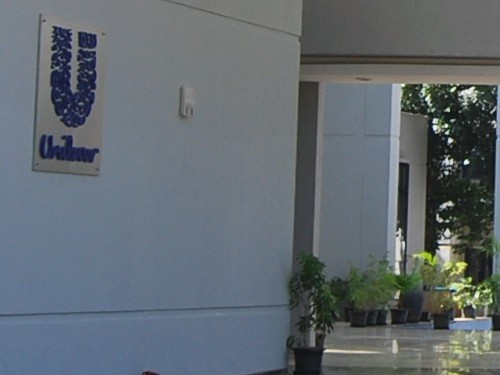- SWOT Analysis ›
- FMCG ›
- Unilever SWOT Analysis
Unilever SWOT Analysis
Here is a detailed SWOT analysis of Unilever covering strengths, weaknesses, opportunities and threats.
SWOT analysis is a management strategy framework used by businesses like Unilever for assessing organization’s Strengths, Weaknesses, Opportunities, and Threats to guide strategic decision-making. Unilever is one of the biggest FMCG (fast moving consumer goods) company in the world. It is a British-Dutch company co headquartered in Rotterdam and London. By examining these internal and external factors, Unilever can capitalize on advantages, mitigate risks, and chart a more competitive path forward. Unilever has more than 400 brands and operates in more than 190 countries with a turnover of €50+ billion. Let us start the SWOT Analysis of Unilever below.
Unilever Strengths
- Unilever operates in nearly 190 countries around the world and hence, has a global footprint combined with top of the mind brand recall
- Unilever has broad portfolio of brands and a diversified product range, positioned to tap into the changing consumer preferences across the world
- Research and Development initiatives to bring to the market innovative and cutting edge products in tune and in line with consumer preferences.
- Unilever follows flexible pricing and expertise in distribution channels that manage to reach the nook and the corner of the globe.
- The economies of scale arising from its breadth of operations as well as synergies between its many manufacturing facilities, which totaled 270 locations around the world at last count.
- Products are globally famous yet retain a distinct local flavor.
- Unilever company has over 170,000+ employees globally
- Strong and effective advertising and marketing
- Excellent CSR initiatives have strengthened its position worldwide
Above are the strengths in the SWOT Analysis of Unilever. The strengths of Unilever looks at the key internal factors of its business which gives it competitive advantage in the market and strengthens its position.

Unilever Weaknesses
- Substitutable products especially in the emerging markets in Africa and Asia where the rural consumers in the hinterland often use traditional and natural alternatives
- Cut-throat competition means constant price wars which lead to less margins
These were the weaknesses in the Unilever SWOT Analysis. The weaknesses of a brand are certain aspects of its business which it can improve.
Unilever Opportunities
- Globalization and the proliferation of global media
- Emergence of the health conscious consumer in the developed world.
- Good track record of social and environment responsibility which appeals to the ethical chic consumer who like to buy and consume products and brands that are responsibly made and sustainably complete.
Above we covered the opportunities in Unilever SWOT Analysis. The opportunities for any brand can include prospects of future growth.
Read more about Unilever
Unilever Threats
- Ongoing global economic crisis
- Local products as alternatives to its brands
- Competitive market where the other global giants like P&G and Nestle in addition to a host of local players challenge its dominance in the Trillion Dollar FMCG (Fast Moving Consumer Goods) space.
The threats in the SWOT Analysis of Unilever are as mentioned above. The threats for any business can be external factors which can negatively impact its business.
Hence this concludes the Unilever SWOT analysis.
Read Similar SWOT analysis
About Unilever
The table below gives the brand overview along with its target market, segmentation, positioning & USP
| Unilever Overview | |
|---|---|
| Parent Company |
Unilever |
| Category |
Consumer goods |
| Sector | |
| Tagline/ Slogan |
Brands with a Purpose (Social) |
| USP |
Sustainable practices and good brand recall |
| Unilever STP | |
| Segmentation |
Foods, beverages, cleaning agents and personal care products |
| Target Market |
Individuals and households |
| Positioning |
Positioned as brands with a purpose |
This article has been researched & authored by the Content & Research Team which comprises of MBA students, management professionals, and industry experts. It has been reviewed & published by the MBA Skool Team. The content on MBA Skool has been created for educational & academic purpose only.
Browse marketing analysis of more brands and companies similar to Unilever. This section covers SWOT Analysis along with Segmentation, Target Market, Positioning & USP of more than 2000 brands from over 20 industry sectors.
Continue Reading:
The brand names and other brand information used in the SWOT Analysis section are properties of their respective companies. The companies are not associated with MBA Skool in any way.
Edit the brand or add a new one to SWOT Analysis section : Contribute
What is MBA Skool?About Us
MBA Skool is a Knowledge Resource for Management Students, Aspirants & Professionals.
Business Courses
Quizzes & Skills
Quizzes test your expertise in business and Skill tests evaluate your management traits
Related Content
All Business Sections
Write for Us